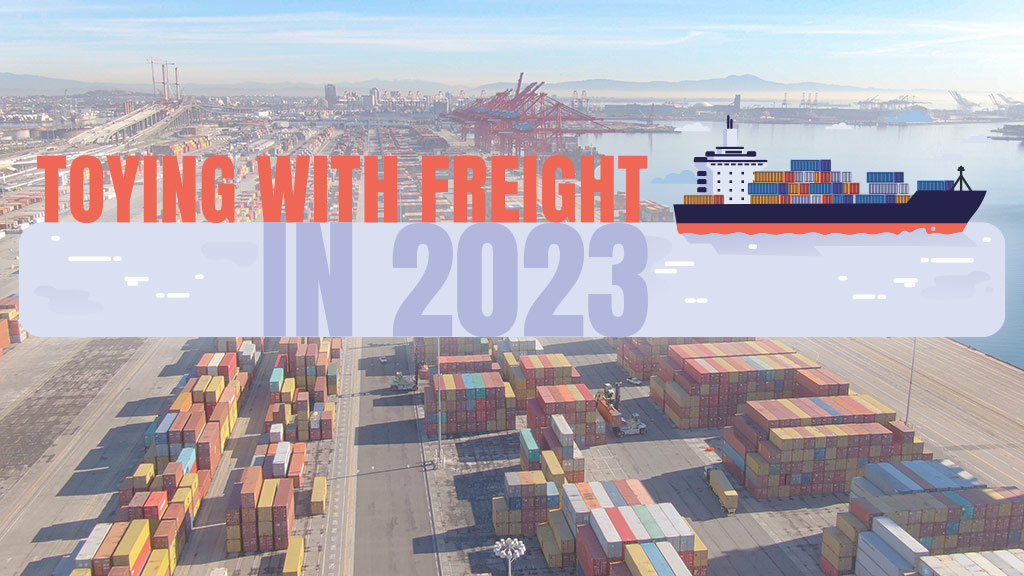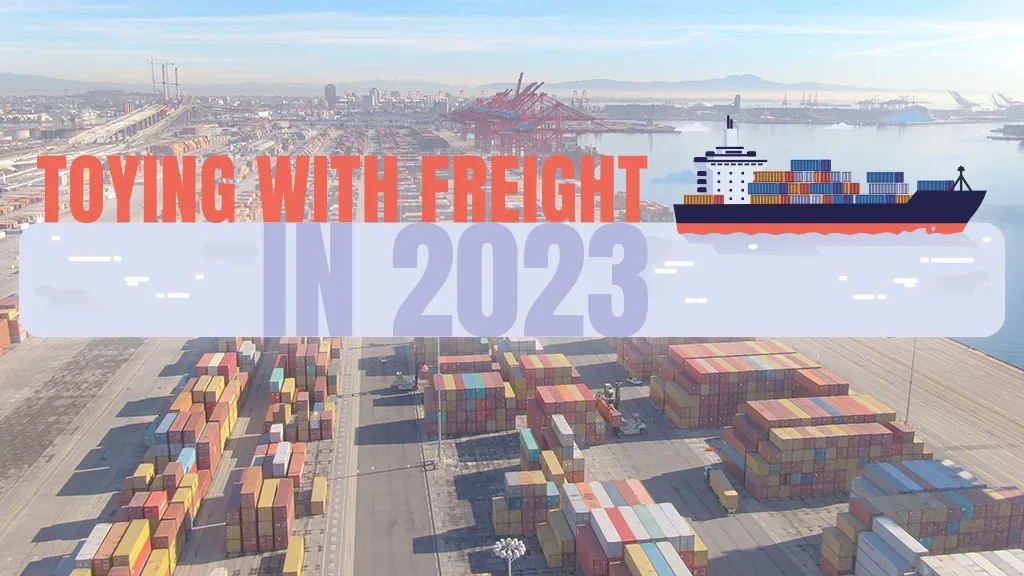
by Erin Gagne, logistics coordinator, GPI
Toys and games bring smiles and entertainment to families everywhere. As for shipping all that fun — well, that has not been a good time over the past two and a half years.
Rather than waiting for “normal” to return, the toy industry has been forced to adapt and change how it plans for shipping — both financially and in creating the timeline from production to warehouse delivery. If you haven’t already adapted your plans for next year, it’s time to jump on board!
LEARNING FROM THE PAST
As recently as 2019, freight wasn’t a worry for toy and game companies. It only took a little more than a month to get products across the ocean and onto retail shelves worldwide. Now, it takes more than 2-3 months, which means companies have to plan far into the future — well before the future product even hits the production floor — or miss crucial fulfillment deadlines.
As production begins on a new toy or game, companies and creators get to work selling their products to retailers. Delivery dates are set and the process begins. Back in 2019, hitting the promised delivery dates was fairly easy to manage when the supply chain was dependable, pricing was stable, and timelines were reliable. Today, it’s more than a challenge, especially where freight is concerned.
In 2020, as the world struggled to cope with the beginning of the COVID-19 pandemic and the lockdowns that came with it, the global supply chain quietly started to break. A skeleton staff at ports and warehouses paired with social distancing protocols slowed the processing of incoming containers, which began to pile up at the ports.
The general public barely noticed. After all, warehouses were still stocked with toys, games, dolls, action figures, and plush.
Pandemic-related lockdowns forced families to find fun and entertainment at home, and the toy and game industry happily delivered. As business boomed, the warehouses emptied quickly and containers were not coming in on time to replenish the stock.
The need to restock was imperative and game companies quickly began to realize they needed more products in the warehouses. At the same time, the freight industry also took note. More demand meant freight prices soared as companies paid outrageous prices to ship containers of happiness to their warehouses. But even as lockdowns eased, the backup of containers and the increasing volume of imports was overwhelming ocean ports and freight trains, pushing the entire supply chain to its limit.
And now, here we are in the back half of 2022, still struggling to keep up with the influx of containers that are still pouring into our ports.
HOW TO BE BETTER PREPARED
While pricing is slightly better than it was two years ago, getting containers on the move once they arrive is no easy task. Containers can still sit at the port waiting to move for weeks at a time. So, how is the toy and game industry expected to manage this problem looking ahead into next year?
We’re managing it by planning far ahead in advance.
Some game companies and designers are now adjusting their product timelines to factor in delivery delays. You should now assume that it could take three months to get goods from Chinese factories to U.S. warehouse doors. It may only take 60 days, but it could take 90, and having that four-week buffer can mean the difference between hitting a critical delivery date or missing it by several weeks.
The toy and game industry has adjusted its expectations when it comes to freight and shipping, but it’s still a learning curve that we’re just getting used to. We need to stay on our toes and make the changes necessary to stay ahead of the game.
This article was originally published in the September 2022 Fall Toy Preview edition of The Toy Book. Click here to read the full issue!


